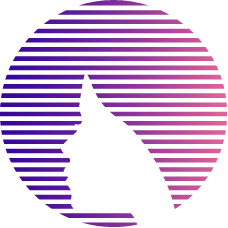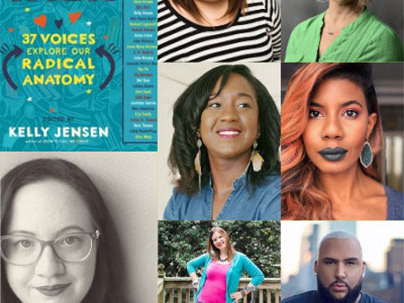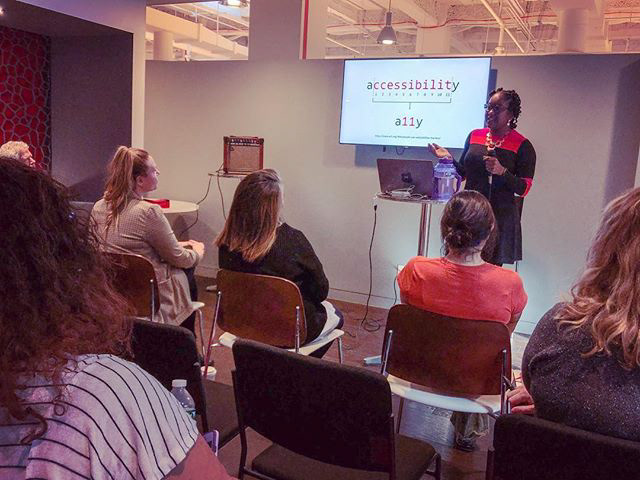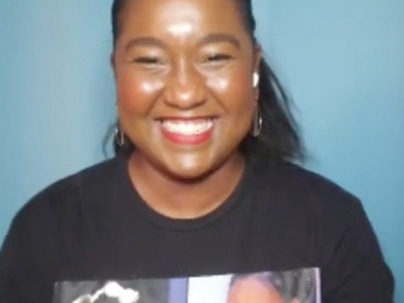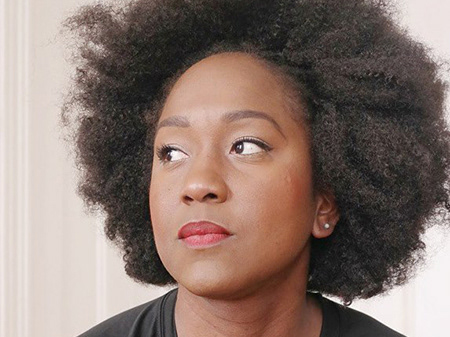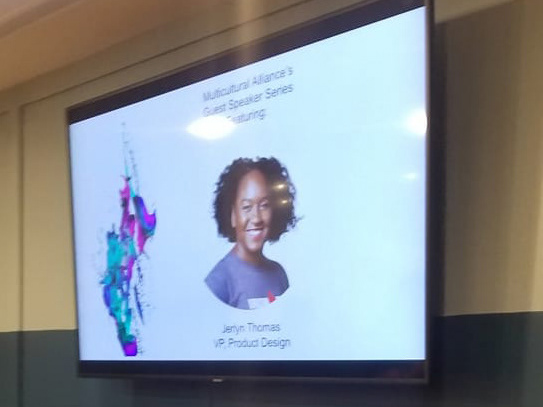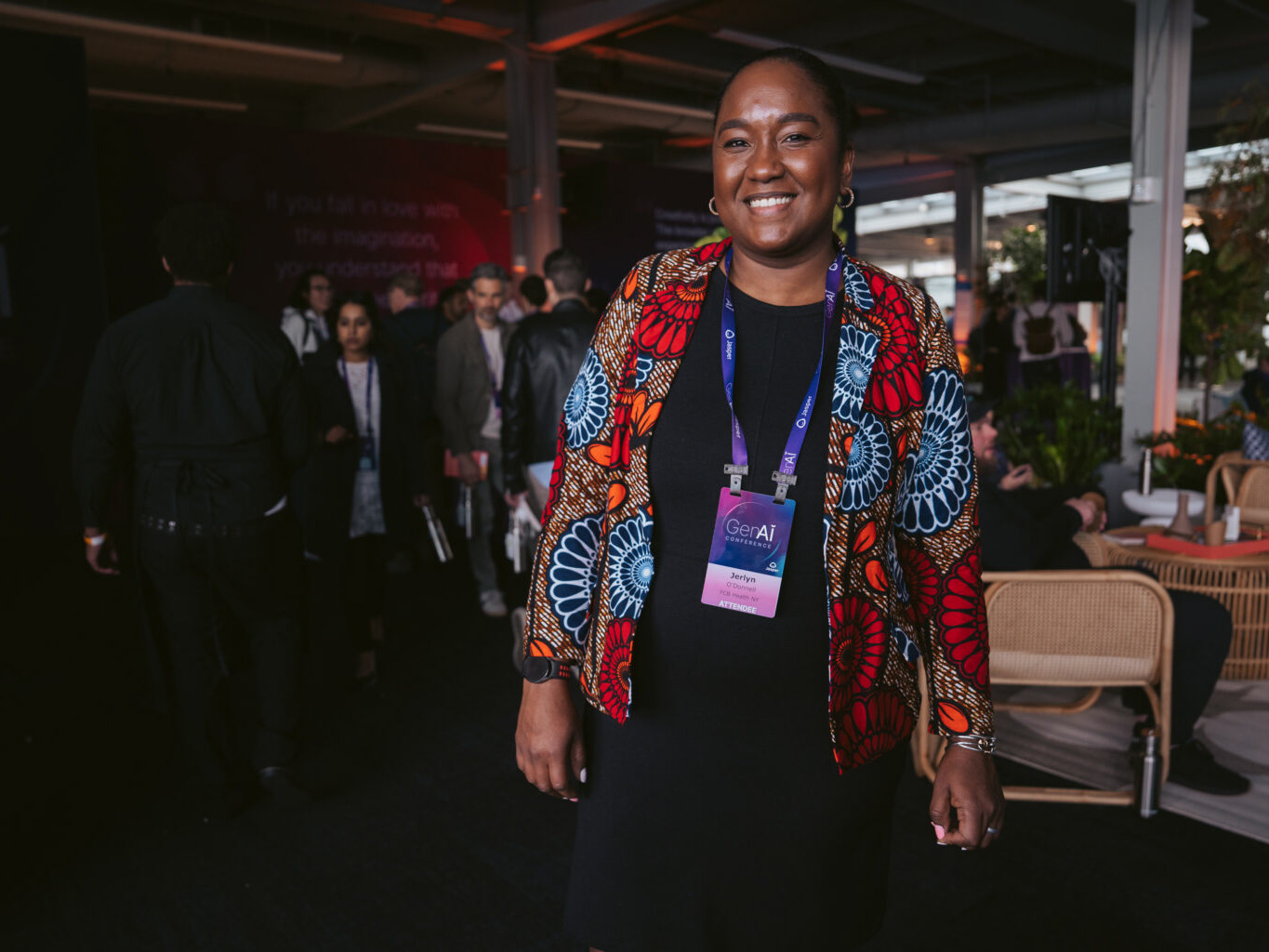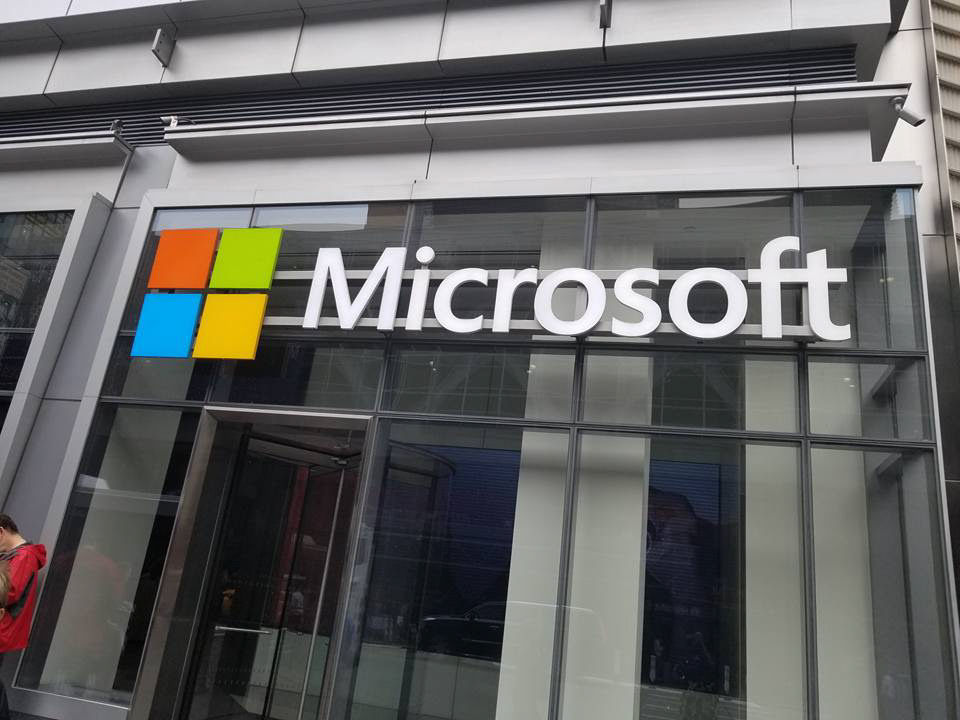View original on Little Black Book Online
Adobe XD is a proud supporter of LBB. Over the upcoming months, as part of the sponsorship of the Digital Craft content channel, we will be spending time with some of the most innovative and creative minds in the industry.
In this conversation we talk with Jerlyn O’Donnell, VP of product design at Havas Health Plus. With a focus on inclusive design, Jerlyn helps her clients craft products with diverse appeal.
LBB > You moved to the US from the Caribbean as a child. I believe that was the first time you got to experience the internet - what was that experience like?
Jerlyn O’Donnell > When I experienced the internet for the first time; I was incredibly awed by how connected the whole world could be and how easy it was to share information without leaving my home. My parents bought me a PC, when we immigrated to St. Croix, US Virgin Islands.
I joined a few Yahoo! java chat rooms where someone shared a website that they created and they explained it was done with HTML. I did a search and I spent some nights learning Hypertext Markup Language (HTML). I had the opportunity to share what my life was like with the world through online journals (GeoCities, Angelfire, etc). Because of this, I connected with other kids in other countries who were like me - curious about what technology could do. I remembered meeting a 12-year-old from Australia who was experimenting with a Microsoft programming language called Visual Basics. I contributed by designing for his program’s user interface by using Jasc Paint Shop Pro, and collaborating like this made the world seem smaller.
LBB > You mentioned that you’re passionate about inclusive and accessible design - what does this look like and who are some of the brands that do this well?
Jerlyn > I am an artist and many of us simply want our work to be experienced by wider audiences. I especially want my work to be seen and enjoyed by people who aren’t like me. So much of our conversation now discusses diversity, equity and inclusion - accessibility is the perfect area to focus on since it extends beyond adverse socioeconomic situations, education levels, health, income and poverty rates. The more people are different, the more eyes will get to see my work. The more gaps that are closed, the better I am able to communicate to wider audiences.
We all might, at some point, experience a disability. So, it behooves us to prepare for this. I also see the potential to be even more creative by getting feedback from people who aren’t like me, or by collaborating with them, because they will help me make more valuable products for the world.
In the past, I was impressed by companies like LEGO who created Braille and audio instructions for the blind. As we experience our new normal with Covid-19 and masks, I wondered how my deaf peers would communicate when much of sign language depends on facial expressions. I was thrilled to see a few companies create clear masks. Even smart devices like Amazon Echo Show, allowing their users to ask what they are holding in their hands, are useful and smart. I think any company that focuses on eliminating pain points for their consumers is on the right path.
LBB > Can you tell us a bit about your role at Havas and recent projects or clients you work closely with?
Jerlyn > Earlier this year I juggled two roles, VP Product Design and Design Director at Havas. I love joking with my peers that I’m a female Steve Jobs. I simply love seeing beautiful digital products come to life and I’ve always seen this as my role. I get to see the planning phases from sketches to wires, to prototyping (where I make things dance), to designing beautiful UI and through to development. The cool thing is, since I’ve been on a mission to learn as much about the digital space as I possibly can, my day-to-day can involve user experience design, art direction or programming. I am lucky to have incredible colleagues who share my passion and who work really hard to make deadlines without losing the integrity of the projects.
Unfortunately, we aren’t allowed to discuss our clients at Havas, however outside of work, I try to collaborate with clients who share my intrinsic values. Recently I was commissioned to do an illustration for the American actress, writer, producer, entrepreneur and activist, Erika Alexander for her takeover of Hillary Clinton’s Instagram account for a day. The coolest thing about that experience was meeting someone who is also trying to make the world a better place for marginalised people in parallel digital worlds. Erika is passionate about elevating others so that their talents can be seen by the masses. I too am passionate about including marginalised people so that it is even harder to define what normal looks like.
LBB > What influences did you have growing up that helped you see the world through a more diverse lens?
Jerlyn > I’m from a small village in the Caribbean. We were poor. My parents immigrated to get a better life for my siblings and me. We lived with my grandparents for a while with no access to amenities like electricity and running water. We appreciated the simplest things when we had nothing to compare it to. We also relied on others around us who knew us and our stories. Anyone who visits my village is known by the majority of its occupants by the time that they leave.
I believe that curiosity about others and actually “listening,” especially if they were different, stayed with me since my childhood. If someone shared life experiences that I was not familiar with, it only made me more curious. Once I started traveling, my life experiences were constantly amplified because I was open to similar experiences I had learned from others’ stories. I’ve learned to dance to music from different cultures, taste different foods, use different expressions, and so on, due to my being open to diverse experiences.
LBB > What advice do you have for brands who want to be more inclusive with their products?
Jerlyn > Brands really ought to encourage their employees to visit new spaces to find customers they are trying to reach (and hire them if they can). Invest in their interests, learn their stories, and try to create added value for them. You never get to call yourself an ally, your audience does. Doing the work gains their loyalty.
For example, currently, I’m a very able-bodied person. A few years ago, I met Christina Mallon who wasn’t able to use her arms at all. This completely reframed how I approached my designs. This came about simply by me asking her how she used her mobile phone. She demonstrated by using her toes! Immediately I realised it would be a great investment of my time to find more people like her and others who found barriers in my designs to get their input. Not only would I be helping her, but I would also be getting more use from our products.
I joined an accessibility slack channel when I asked my network for resources. Then, I went to accessibility meetups, made connections and collaborated. I now use my knowledge to save my company money and time on tactics that might not reach their intended audiences. I’ve also been quite fortunate to have access to The National Technical Institute for the Deaf at Rochester Institute of Technology. While there I was able to connect to an audience that normally would have been inaccessible. Personally, I am elated to be creating work that actually makes a difference. I wonder why wouldn’t any brand want this, if it could also help their bottom line with access to so many different people (a Gartner report said it was an 8 trillion-dollar industry)?
LBB > How does being a 'designer without an ego' influence and benefit the way in which you work and how did you learn to be this way?
Jerlyn > I had an art teacher in my high school, John Obafemi Jones, and some of the best advice he gave me was to not fall in love with my art. It took me a while to completely understand this concept, but thankfully it was before I started my profession. Not falling in love with my art allows me to share it with the world without keeping it to myself. I never have to think “it’s not ready or not good enough.” I get to enjoy learning the process and can move on to the next attempt using what I learned from the prior piece.
Not having an ego also aids in collaboration. It keeps me open to suggestions from my teammates and looking at the project through other lenses. It helps me think about how to defend the work without being biased about 'my style', particularly when the end goal is to create something that the consumer finds useful.
LBB > What are some of the biggest challenges you have faced in your career so far?
Jerlyn > As a woman of colour, specifically a Black woman, the current climate made me take a difficult look at my journey in advertising. It was a career I hadn’t planned on pursuing but sounded fascinating when I graduated from college. I didn’t know about the history and was possibly ignorant because of cultural differences and because I’m an immigrant. Nonetheless at some of my past agencies, I focused on the work more than my advancement. My degree allowed me to provide my team with forward-thinking ideas which gave me a thrill.
Recently, it was pretty disheartening to learn from past colleagues that while some supervisors/colleagues were promoting my contributions on projects, I was still being overlooked. It’s unfortunate, because I know other marginalised people whose stories are the same, or similar, with incredible brag sheets, skills and talent. It’s problematic if a colleague notes that I’m the first Black creative he has met in his decades at a given company.
Unfortunately, in situations like that, the side effects of being overlooked were probably missed raises that would have truly helped my family. It is even more disappointing that the brands suffer from not having the right people in place to make them better. I always assumed the bigger picture was to build brand loyalty and make them ‘future proof’ in order to retain jobs for employees and invest in hiring more talent. With the current emphasis on diversity and inclusion, I hope that more companies realise that creating more inclusive teams inspires creativity and improves returns on investment.
LBB > You put your drive and determination, in part, down to being a keen marathon runner. How has this played into the way in which you approach your work?
Jerlyn > I’m relentless in accomplishing goals I set for myself. When I first started running marathons, I wrote out incremental mileage goals to achieve to prepare for running 26.2 miles. Those smaller achievements eventually led me to running ultra-marathons (my furthest has been 50 miles) and half Ironman triathlons. These sports force you to be disciplined. When you discover what works it’s usually by setting small goals meeting them, then progressing to the finish.
The biggest lesson is that on race day you never really know what’s going to happen. However, the training helps remind you about the sacrifices you’ve made to get there and pushing-through adversity to accomplish your goal is the biggest reward of all. So, with each project, I set goals. I also feel comfortable in reassessing those goals. I take risks, I fix, I verify, and I optimise overtime. Nothing ends up being a surprise to me if I benefit from what I learned while creating the small goals. Also, cross training (like researching outside of my profession) and rest and recovery (spending some time away from the work) goes a long way.
LBB > On top of this, you’re a published author and illustrator - how do you juggle so many different roles?
Jerlyn > Definitely not alone. Sure, my dreams are big and my determination to realise them is even bigger. However, while I know many would love to hear that I’m superhuman, I really do have a very supportive family and friends. My husband, Michael O’Donnell, and I are supportive of each other’s goals. Although we are parents, we do want to spend time reaching our other goals, so we share parenting thoughtfully.
My editor, Tim Player, has polished and refined my words for my books. Some of my colleagues have also been generous by alleviating our busy workload to make sure we get to do the things outside of work that we love. My close friends are also amazing cheerleaders who help me remain motivated, grounded and are the first to share my work, buy my books and take time to provide feedback so I can always improve.
LBB > You say that you are intrinsically curious and try to learn something new every day. What are some of the most interesting things you have learned and researched recently?
Jerlyn > I’m completely fascinated by machine learning, natural language processing and augmented reality. Our new normal in social distancing has made me more curious about how consumers are accessing our products. In the past weeks and months, I’ve been studying virtual summits and conferences to see how they are attempting to create more realistic experiences.
While on maternity leave (I have a six-month-old) I learned how to make Instagram and Facebook filters. I experimented with Adobe Aero to build virtual experiences and I also started learning how to create Alexa skills and create voice prototypes. These acquired skills will allow me to create experiences to help us feel more connected and closer until we are physically able to be together in person. If not, I’m sure something I've never thought of will come up during a random trivia night.
